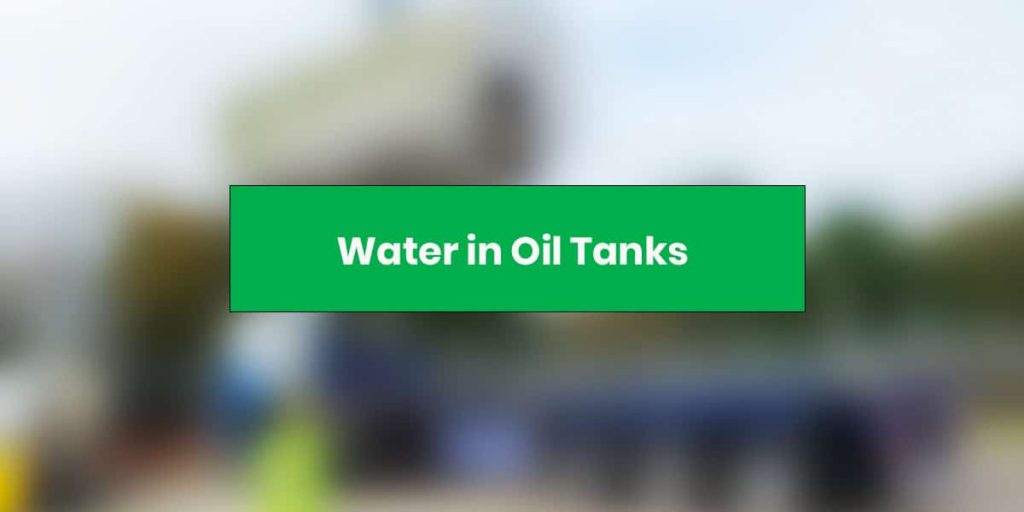The Problem with water in oil tanks.
With the weather now turning ever more towards winter, we have been attending numerous call outs to remove water from domestic oil tanks. This in itself is nothing untoward, however there are ways in which people can save money and reduce the time their heating is down due to water in their oil tank.
Our last few call outs have been almost identical, with the homeowner telling us that their heating engineer has tried everything from draining the line and installing new filters, to even replacing the oil line. However with each case, we removed over 100 litres of water from the bottom of each tank, which if removed the moment the heating developed a fault, it would have saved both money and inconvenience.
Both homeowners and heating engineers can play a part in this, with homeowners ensuring that their tanks don’t have lids left off, thus allowing water to enter the oil tank, but in addition, a heating engineer can use some water finding paste to immediately identify if the oil tank contains water.
As we all know, an oil boiler needs a supply of good clean oil to function. If the water level in your tank has been rising over a period of time, it can enter the delivery line which is generally found approx 1 – 2 inches from the bottom of the tank. Once water enters the oil line, it will generally cause an oil boiler to fail. By drawing the oil / water content through the pipe (reducing the water level in the tank to just below the delivery line), it can often give a reprieve of a few days or even a couple of weeks. But eventually the water level (which is only a fraction below the delivery line) will breach the oil line again causing the boiler to fail.
By having the contents below the delivery line removed from the tank, you are ensuring that your delivery line is clear of water and debris, allowing clean oil to enter the system and keep your boiler working. The process to remove the water from the bottom of the tank is generally straight forward, the tank just needs to have a reasonable sized lid on top and be accessible.
Water isn’t in any way the source of all oil boiler breakdowns, but it is a common problem. If you do suffer a breakdown, just consider whether the fuel source is the problem before replacing ancillary equipment, as it may just save a lot of time and money.

